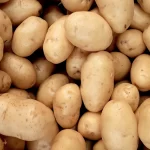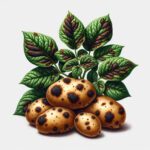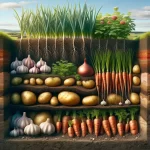Potatoes, native to the Andean region of South America, are one of the most important crops worldwide. For farmers, understanding the phenological stages of potatoes is essential to maximize both the quality and yield of their harvest. This article provides a detailed overview of each phase in potato cultivation, offering valuable technical information to enhance production.

Phenological Stages of Potatoes
Stage 1: Germination and Early Development
- Start of the Cycle: Potato germination begins with the planting of seed tubers. Selecting healthy seeds and performing pre-treatment to prevent diseases are vital.
- Initial Growth: Optimal soil, moisture, and temperature conditions are essential for proper root development and early shoot growth. Protecting young plants from frost and pests is crucial at this stage.
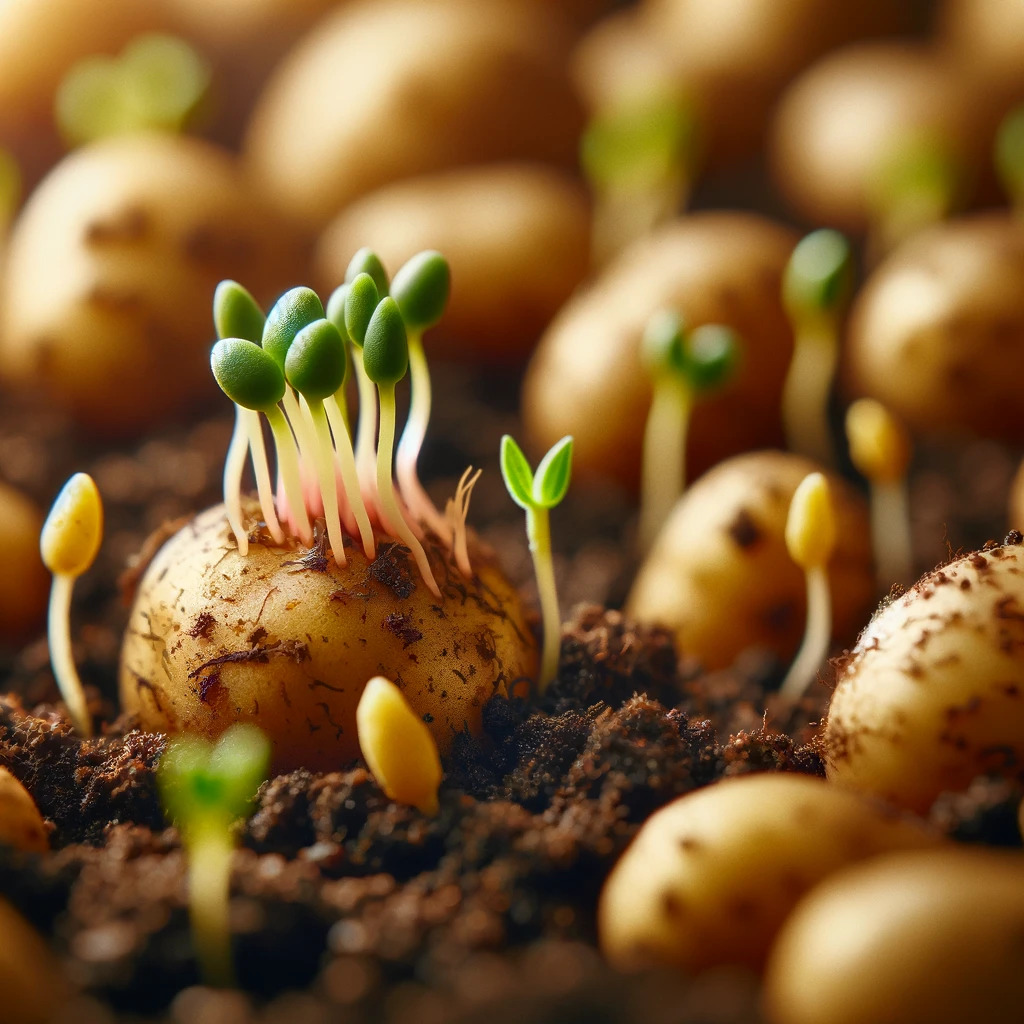
Stage 2: Vegetative Growth
- Leaf and Stem Development: During this phase, the potato plant develops its leaf mass and stems. Adequate nutrient supply, especially nitrogen and potassium, is crucial for healthy growth.
- Root and Tubers Formation: Tuber formation begins when the plant reaches a certain maturity. Proper management of irrigation and nutrients is essential to ensure good tuber development.
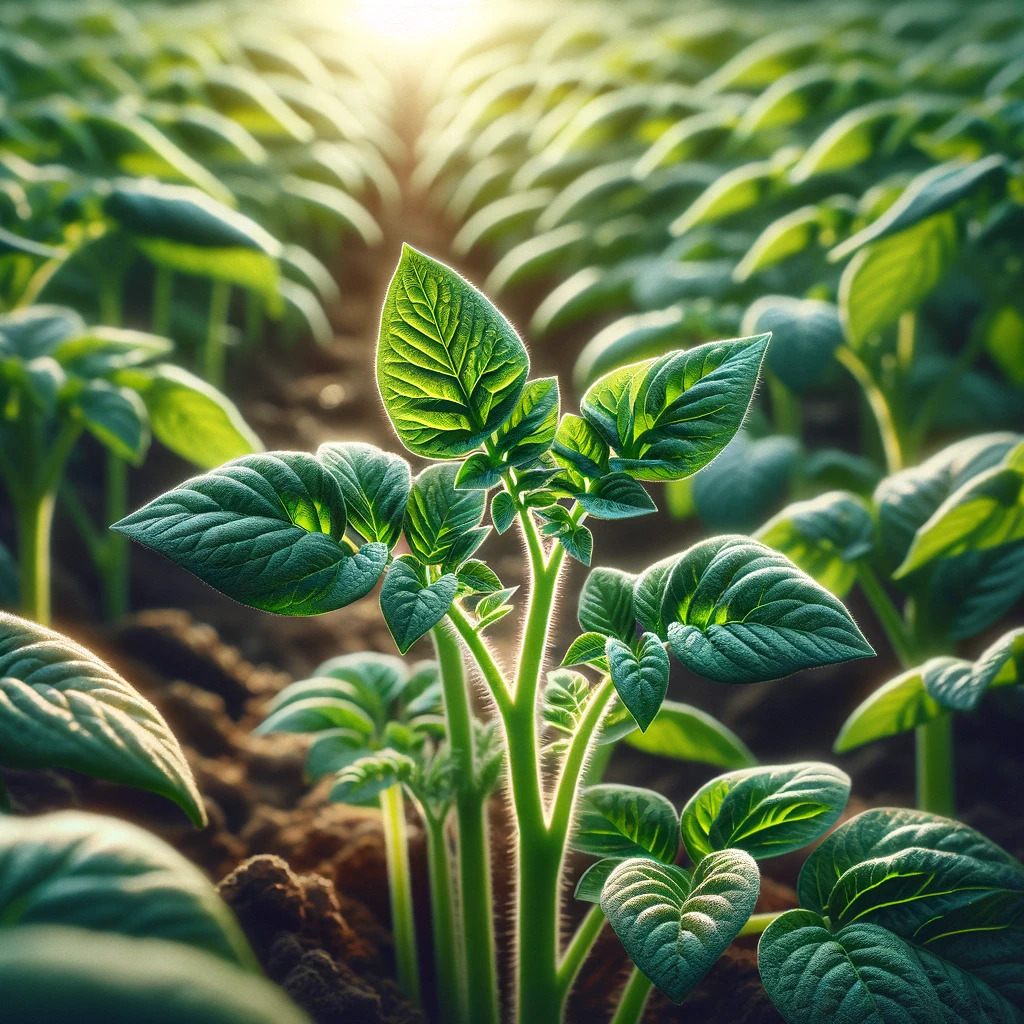
Stage 3: Flowering and Tuber Formation
- Flowering: Flowering may or may not occur in potato plants. However, it is an indicator that the plant has entered the tuber formation stage.
- Tuber Development: During this stage, the primary focus is on tuber development underground. Proper balance of irrigation should be maintained to avoid water stress, which can affect tuber quality and size.
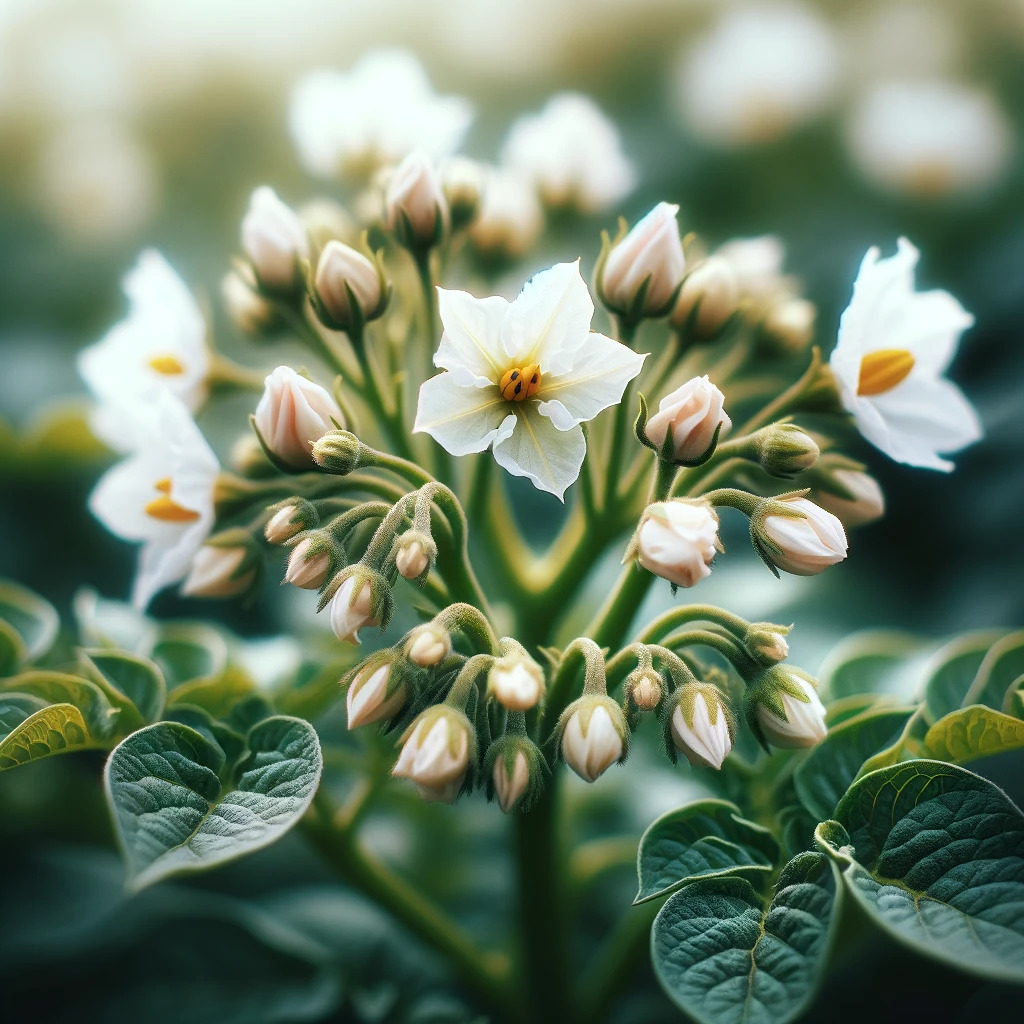
Stage 4: Maturation and Harvest
- Maturation: Tubers complete their growth and start maturing, indicated by the yellowing and drying of the above-ground plant parts. It is crucial to determine the optimal harvest time to maximize quality and yield.
- Harvest: Harvesting should be done carefully to avoid damage to the tubers. Post-harvest management, including proper storage, is vital to preserve potato quality.
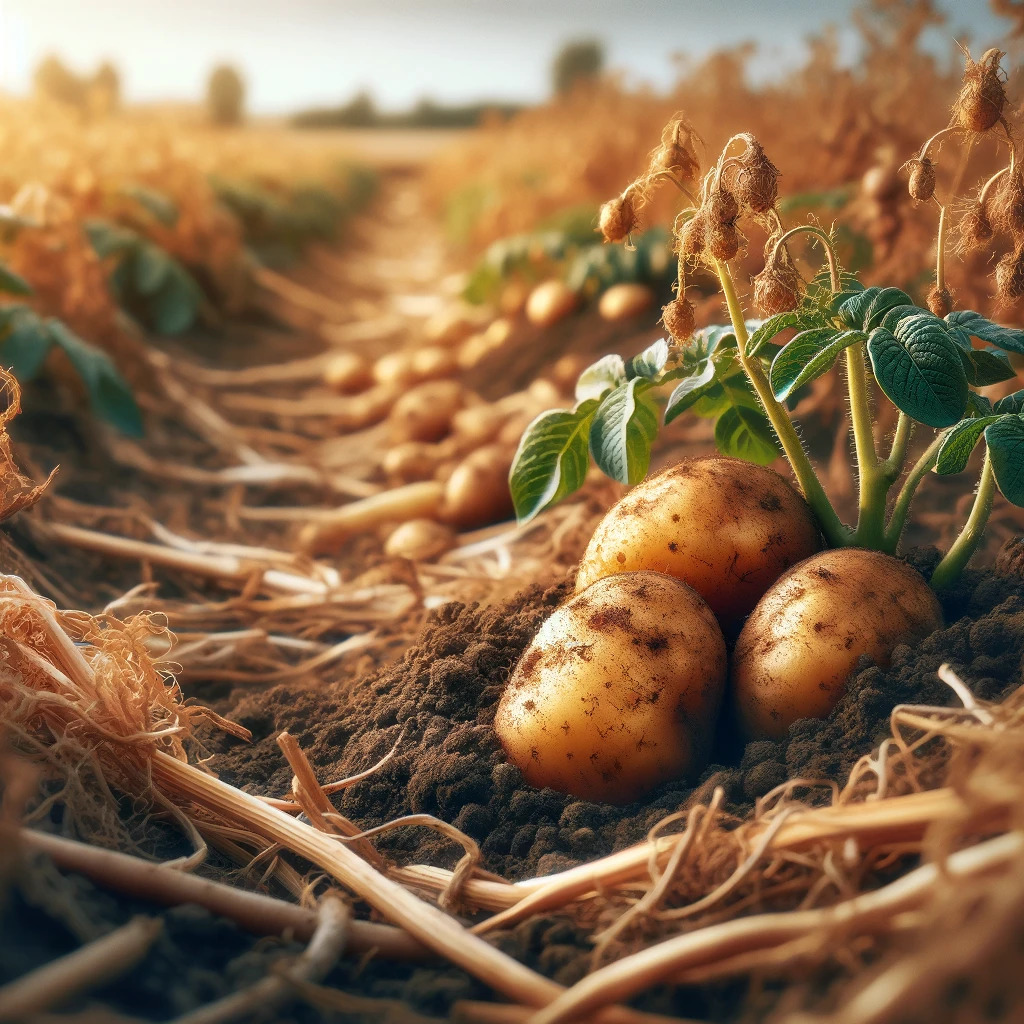
Conclusion
Understanding and managing the phenological stages of potatoes is key to achieving a successful harvest. Implementing proper agronomic practices at each stage can significantly improve the quality and yield of this valuable crop.
 AgronoBlog – Agriculture Blog
AgronoBlog – Agriculture Blog 